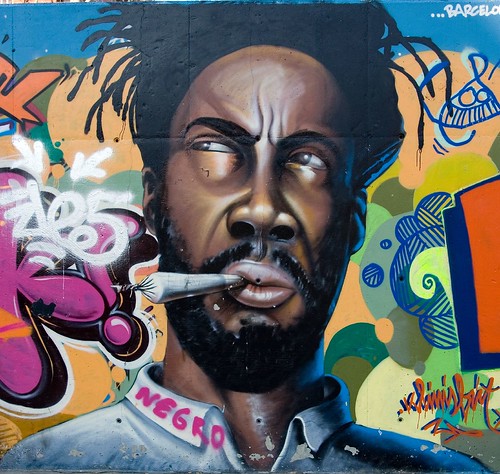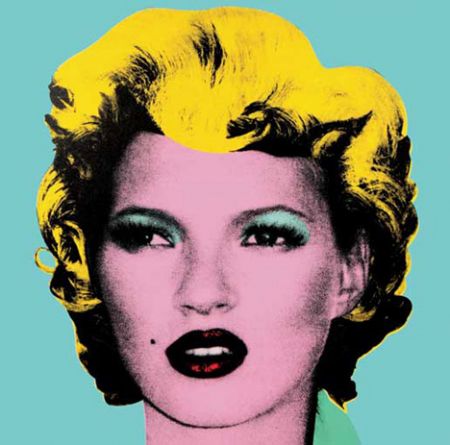|
|---|
Sunday, May 22, 2011
Locus Focus is an awesome weekly meme hosted by Enbrethiliel over at Shredded Cheddar. Each week we choose a space or place in fiction (there are themes, but we have lots of freedom) and muse on its effect. For May the general theme is movies.
 I have just finished reading The Big Clock by Kenneth Fearing for Bev's Vintage Mysteries Challenge (review forthcoming), and I practically HAD to watch the film again. The film stars Ray Milland, Charles Laughton, and Maureen O'Sullivan. It is a typical, in some ways *the* typical, film noir. Much of the set is in shadow; the lights strip through diagonally, and the silences are as important as the words. All that, and the costuming is lovely.
I have just finished reading The Big Clock by Kenneth Fearing for Bev's Vintage Mysteries Challenge (review forthcoming), and I practically HAD to watch the film again. The film stars Ray Milland, Charles Laughton, and Maureen O'Sullivan. It is a typical, in some ways *the* typical, film noir. Much of the set is in shadow; the lights strip through diagonally, and the silences are as important as the words. All that, and the costuming is lovely. One of the climactic scenes in the film takes place inside the works a giant clock at Janoth Publications. The set looks like an atomic-age spaceship (only MUCH darker) in that there are banks and rows of lights that cover the walls. The film begins with the protagonist George Stroud (Ray Milland) sneaking into the workings of the clock in order to escape security guards and police. George is being hunted in order to take a murder rap of which he is innocent, but undeniably implicated by bad luck.
The clock in the novel is a metaphor for the insensible and interminable grinding of time. One thing I like about the film is that John Farrow (the director) made the clock literal as well as keeping the intensity of the original metaphor. In the film Earl Janoth, the CEO of the magazine industry, is obsessed with time--everything is done precisely. He walks in to his meeting while the clock is striking eleven; he rattles off statistics about the number of seconds in a man's life; he even tells his girlfriend that he will meet her at 10.55. The big clock at the heart of Janoth publications is the "largest and most sophisticated private clock in the world." George is caught in Mr. Janoth's web of time, so he hides in the most appropriate place--the clock itself, the core of the corporation.
The image immediately above is George looking at the main lobby of the Janoth Corporation from the vantage point of the clock. Though only a couple of scenes take place in the clock, the whole film revolves around the time.
Also look for Elsa Lancaster as the artist Louise Patterson. It is the time where her extraordinary laugh seems most natural to the character.
Labels: film noir, locus focus
0 Comments:
Subscribe to:
Post Comments (Atom)


















